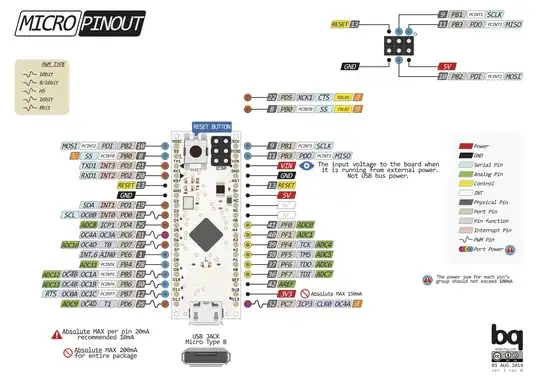If you are getting 165:165:165 that indicates usually a problem with your I2C bus. But it might also be a power problem in the RTC.
In any case, check your wiring.
Your processor is simply not properly communicating with the RTC. If the RTC's red light is on then check your wiring and make sure you haven't reversed SDA and SCL.
Also, the DS3231 has and most Arduinos have enough pull-up that you won't need external pull-up resistors in order to communicate directly with the DS3231.
Try plugging it straight into the Arduino - go minimalist and make that work before adding other devices to the I2C bus like a LCD display. Set the clock by code and watch it in the serial monitor.
Once you're sure the RTC is not a problem then you can go from there with the I2C bus. It is certainly possible for other devices on the bus to cause the RTC to be unable to respond correctly. For a short-range I2C bus that includes the DS3231 don't add any external pullups.
The most reliable RTC for Arduino is the DS3231, but if you bought it via the slow boat you might try a voltmeter to verify the battery so it keeps time even when powered down.
And of course, it is only as accurate as you program it to be. When I program my DS3231s, I always add a couple of minutes to the current time to allow for the time to fix forgotten semicolons and such before it gets around to actually programming the device.
One last note: The program will run when you open the serial monitor. So that will be when it sets the time then begins to display it.
